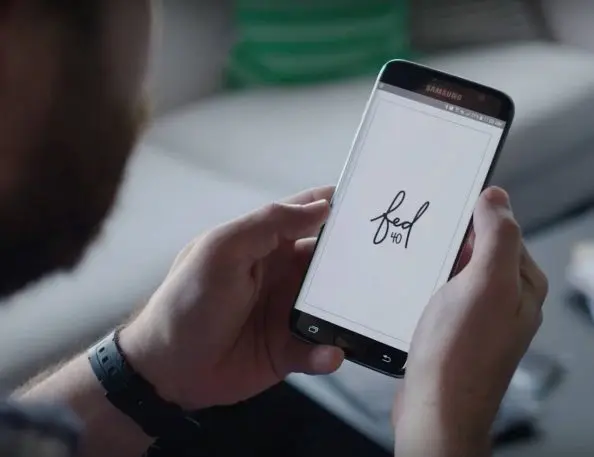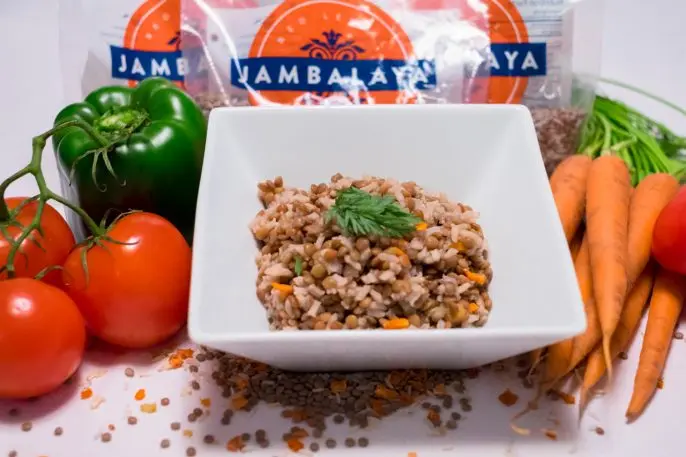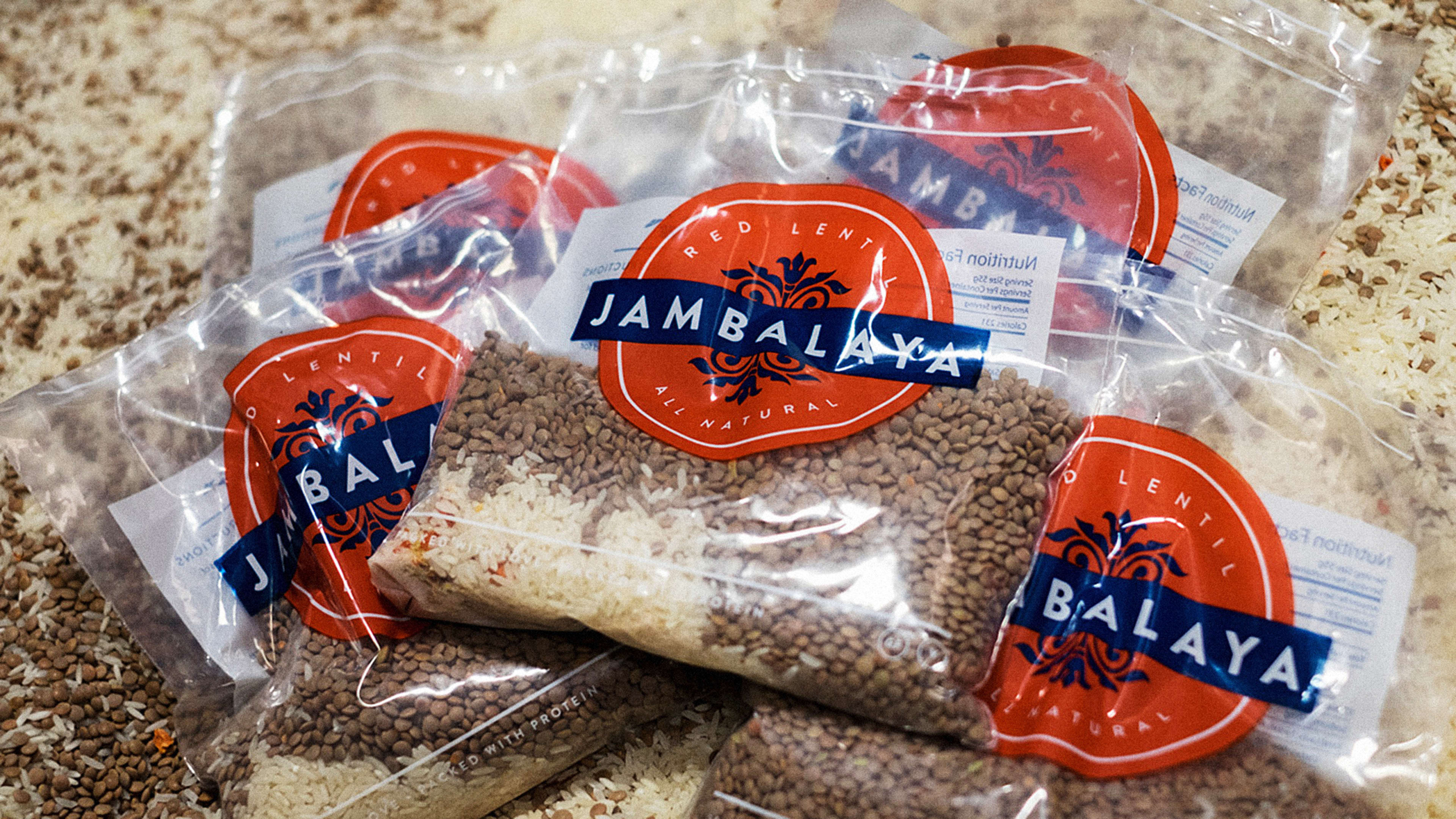In early June, a nonprofit called Feeding Children Everywhere launched its own meal kit delivery service, dubbed Fed40, bringing a simplified version of the pre-portioned cooking craze free to impoverished families. Users can access a Fed40 app or go online, enter their address and how many family members live there, and receive 40 shelf-stable meals within one business day.
The goal is to mimic the success of the doorstep-cooking craze, a $1.5 billion market that for reasons of cost and convenience now caters to nearly every kind of eater, except perhaps those who could use such services the most. After all, 42 million Americans—about 13% of the country—are food insecure, meaning they’re unsure where their next meal may come from. It’s a condition far more likely to affect households with children, many of which also struggle to create healthy meals because they live in food deserts, surrounded by many fast food chains and convenience stores.

To undo that, Green pushed his group to think less like a service provider and more like a tech company. “We recognized that through a mobile app we could utilize technology to very efficiently connect people who need something. In this case, it’s food assistance to a lot of food that is available.”
For now, the menu is limited to just one meal, Red Lentil Jambalaya. It consists of rice, protein-rich lentils, dehydrated vegetables for nutrients, and sea salt. Unlike, say Blue Apron, the preparation doesn’t have extravagant components—it’s a simple base, one that’s easy to make and easily altered with extra spices, seasoning or other ingredients to remain palatable.

Feeding Children Everywhere didn’t start out with home delivery in mind. It was formed in 2010, after Florida couple named Don and Kristen Campbell send food to earthquake survivors in Haiti and decided to continue the effort elsewhere abroad. Gradually the group’s focus has shifted toward U.S., where progress against child hunger has remained uneven.

Traditionally, FCE’s delivery logistics have been a tad complicated. To ensure they tackle the systemic issues behind hunger overseas—long term, you don’t solve anything if you treat the symptoms and not the cause—they partnered with other nonprofits working to address things like poverty, education, or the lack of women’s health services in trouble spots.
In the U.S., things work differently because there are supposedly lots of societal support systems already in place. Public schools provide education while welfare and jobs programs can assist low-income parents in finding ways to support their families. So FCE always has always given to food banks, pantries, and school hunger programs, which it will continue to do.
Families that for whatever reason can’t access that cache, however, will quickly fall apart. Ultimately, Green sees Fed40 as a sort of stopgap: People who use the service more than four times may be contacted to ensure they’re aware of all the support services they have in the area.

One obvious way to defer costs would be to allow online payments through SNAP, something Green is open to but only as a “pennies on the dollar” sort of value proposition. The goal is to augment the food that’s available, not compete for subsidy dollars. The tech and protocols to make that happen aren’t here yet but may be soon. Companies like AmazonFresh and FreshDirect are reportedly in the midst of a federal pilot for how online ordering and delivery programs with food stamps might work.
In the meantime, FCE is working on broadening that menu. In July, it will roll out Apple Pie Oats, the first in a line of breakfasts, to make sure other meals are being covered. Dessert-like name aside, it’s made out of puffed brown rice, steel cut oats, dehydrated apples, and a dash of nutmeg. There is no added sugar.
“We really see this as really essentially the food pantry of the future,” Green says. “Not only do we hope to address the issue of food insecurity in those communities. We really want to have an impact on public health.”
Recognize your brand’s excellence by applying to this year’s Brands That Matter Awards before the early-rate deadline, May 3.
